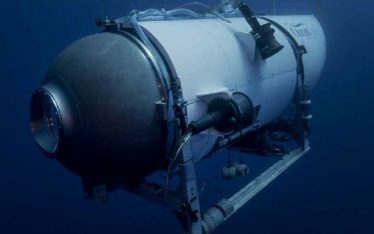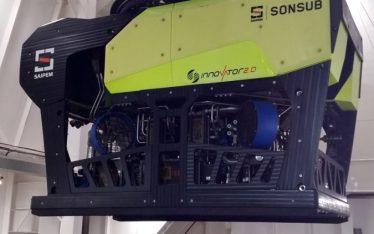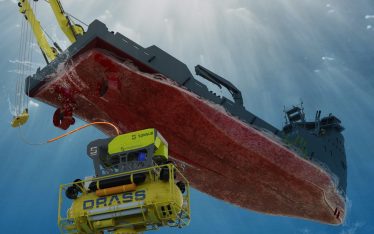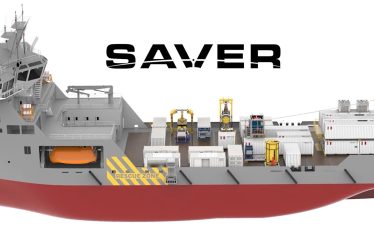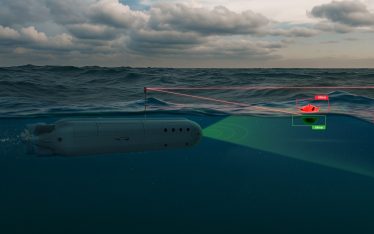In the world of subsea experts there is both unrest and concern about what could have actually happened to Titan, the missing OceanGate submersible. Speculation is mounting. So, what is the rationale behind a subsea operation of this kind and were the relevant challenges properly assessed? Indeed, there is little technical information while most of the media are focusing on the personal history of the crew, tourists and professionals.
As usual, let’s dive deep and against the stream to focus on the technical and procedural angle of this emergency. We will be updating and adjusting this analysis as more information emerges.
Ultra-deep manned immersions are complex operations involving high professional expertise, advanced technology, and structured procedures. Despite preparation and effort, a residual amount of risk is intrinsically involved, and this aspect must be taken into proper consideration.
Inadequate skill, equipment or procedures can greatly elevate the level of danger. Moreover, the consequence of accidents in the deep-water environment is most likely a fatality.
As already mentioned, there is still a lack of technical data available that is relevant to the actual situation involving OceanGate Expeditions and its submersible craft, but some specific elements are obvious:
- Titan is a free-diving craft, meaning that there is not a tether securing the craft to the mothership for power supply, localization, and recovery. This free-diving design is intrinsically unsafe because the craft, in the event of an emergency, is disconnected from the mothership. The free-diving configuration has been abandoned by the oil and gas offshore industry, where tethered R.O.V. (Remotely Operated Vehicles) are commonly operated. Free-diving vehicles are barely used in defence underwater technology aside from their use in submarine rescue operations. But even in this sector, tethered technology has taken the lead with the US Navy operating the first versions and the Italian Navy delivering the most advanced and latest generation thanks to a cooperation between Drass and Saipem.
- The standard procedure in the diving industry allows for 3 means of recovery in case of emergency. A submarine rescue vehicle, for example, is equipped with a redundant propulsion system, a drop ballast to make the craft buoyant in case of complete propulsion failure, plus the tether which is aimed to recover the craft as a third means. In the case of the Titan submersible, there is no direct recovery option because the craft is untethered, and the specification does not mention any droppable ballast. A complete failure of the electrical and propulsion system could be catastrophic on board the Titan.
- Its operations are conducted in a remote location where the support of a third party is incompatible with the available life support reserve (air). With a “declared” endurance of 96 hours, it is virtually impossible to plan a rescue operation which could mobilize, locate the submersible, and perform a rescue operation at 3800msw. Not even the US Navy is equipped with adequate tools, whilst the only possibility of intervention could be a 4000msw Remotely Operated Vehicle connecting a 4000m plus rated offshore crane to the Titan submersible. A kind of unicorn combination to be available within a few days on location.
- The electrical propulsion system, the acoustic locator (ping), the battery packs and the remaining equipment on board should be redundant to prevent a single point of failure. It is unclear if such redundancy is provided on board the Titan.
What could have gone wrong?
- The most probable catastrophic failure is the collapse of the pressure hull. The submersible’s hull is provided with strain gauges to monitor the effective fatigue of the hull. This feature though cannot prevent sudden failures of the material for different reasons. The hull is built with colamination of titanium and carbon fiber. Colamination involves incorporating a piece of metal that is usually finned or has some kind of special machining to allow the adhesion of the fiber. In fact, since they are different materials, they do not join and are ‘glued’ together. Such a solution has the risk of infiltration. If water seeps in, it detaches the two parts. For scuba diving cylinders, a special protection is made over the colamination that prevents water from entering. This solution is tailored for small components and covered by intellectual property. Gas cylinders, however, have very small openings while the opening of the Titan is around 1.5 meters in diameter. Considering the very high pressure, the effect of possible infiltration is much greater on such a large surface. Another possibility is the collapse of one of the hull valves or penetrations, with water inlet. At depth the pressure would immediately collapse the hull with no hope of survival.
- A second possibility is the black ship, meaning failure of the electrical system. In such a situation, the craft is unable to ping its location and without control in the deep water or on the seabed. The low temperature and the lack of oxygen give only a maximum of 96 (asserted) hours of survival to the crew, while a rescue operation at such depth would require several days at least.
Is there a chance of survival?
Assuming a situation of black ship, we can hope that the submersible is equipped with drop ballast (releasable weights). By dropping the ballast, the craft becomes buoyant and emerges to surface. All the while, hoping that the acceleration of ascent from deep water has not damaged the craft on its ascent, and that drift and lack of propulsion control does not cause the craft to emerge far from the support ship. In addition, as the craft is very low at surface level it is not detectable by radar in between the high Atlantic waves, and no radar transponder is operating or available. Opening the hatch from within is impossibile as it is bolted from the outside, therefore the crew would continue to consume the residual reserve of air until unlocked.
Anyhow this is the improbable scenario that we are all hoping for.
We will return with a further analysis as this story unfolds. We will also provide additional recommendations about how deep diving manned operations should be conducted to minimize risk and optimize performance, in accordance with the governing safety standards.
